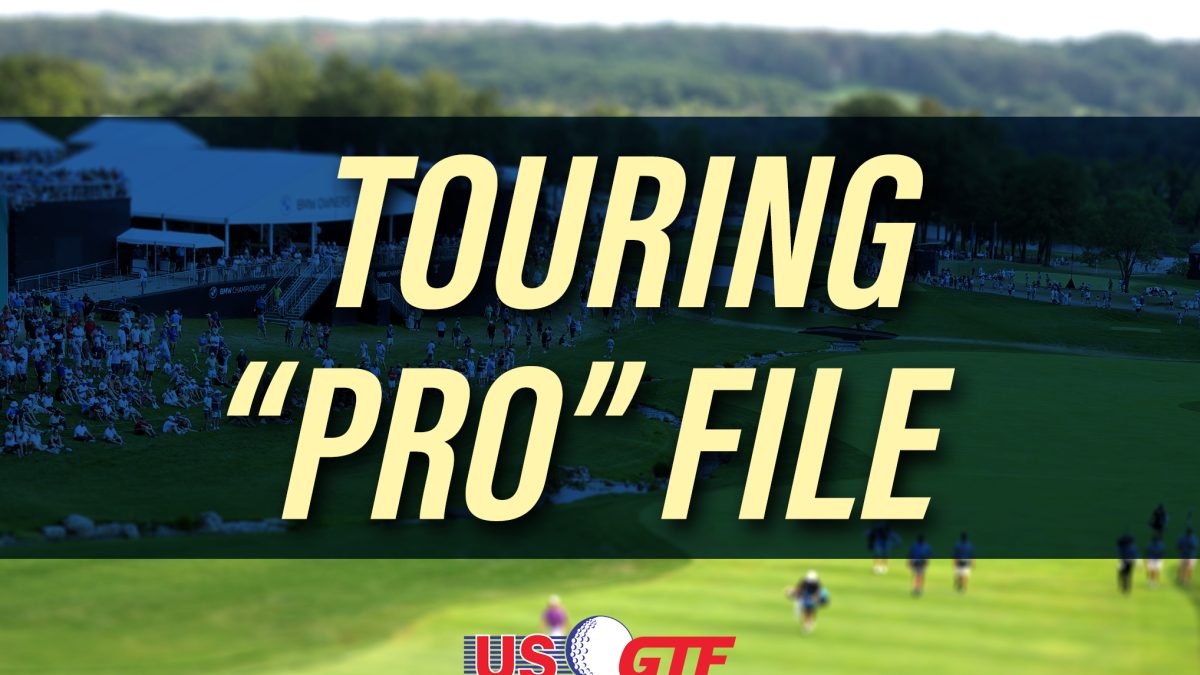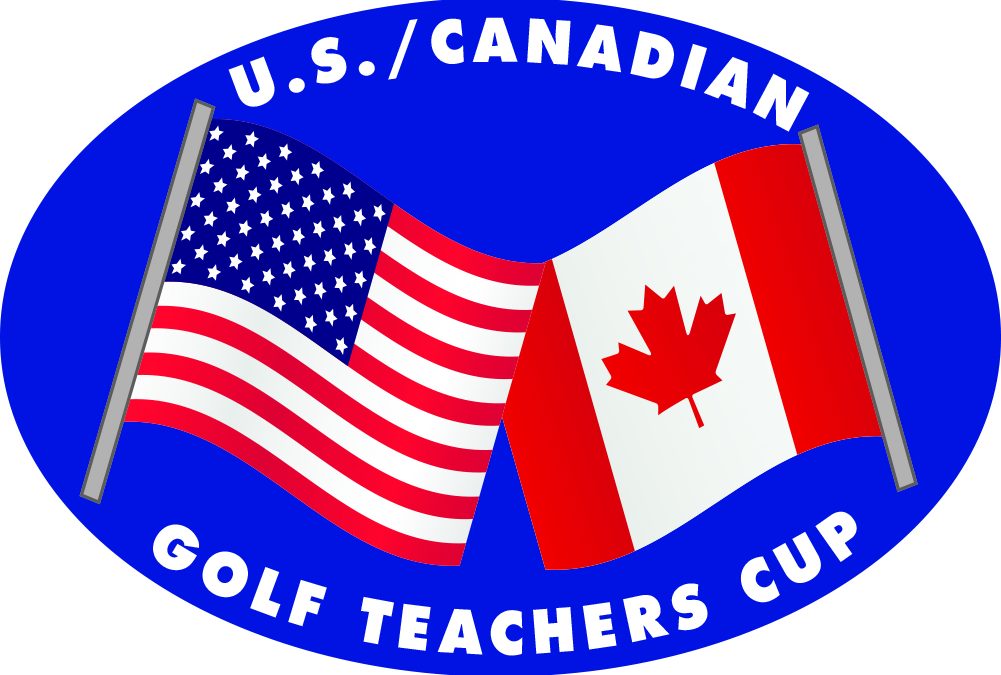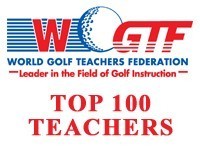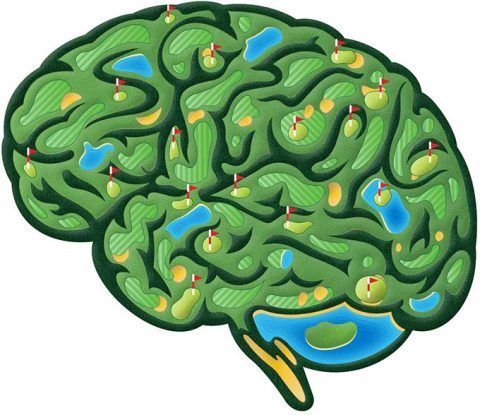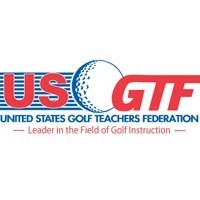Blog
Editorial – Hooray for Recognizing that Women Might Like Golf
Hooray For Recognizing That Women Might Like Golf
The Royal & Ancient Golf Club just unveiled a new Women in Golf Charter as a drive to encourage more women and girls to play the game and work in the industry. Only a couple of centuries too late, but at least they have acknowledged that their behavior toward the fair sex has been woeful over the years. The new executive director of the R&A, Martin Slumbers, has thrown his full support behind the effort, which is nice to see from an organization that didn’t even allow women into their clubhouse. Men have a right to have their own club as do women, I get it. But there have been too many times when men have purposely discouraged females from taking up the game.
If growth is an objective – and it is, according to everyone associated with the sport – then getting more women and girls to play would seem a no-brainer. Nice to see Augusta National adding a women’s amateur tournament next year and their fantastic support of the Drive, Chip and Putt event. We need as many major golf associations and leaders to push such efforts. Every initiative needs champions to push to a next level. Looks like the effort is taking place. Let’s hope it bears fruit.
The Proof Is In – You Can’t Buy A Game
Just ran across a study by a group named ARCCOS, a golf-tracking statistics organization that found over the last three years the average golfer has actually lost distance. Can it be? With all the technology involved in golf these days, from launch monitors to TrackMan to speed slots, the average golfer has lost about three yards. Maybe it is time to refer to that Shakespeare line, “A tale told by an idiot, full of sound and fury, signifying nothing.” Or, as Barnum may or may not have said, there’s one born every minute. Now, I don’t know how many drivers have been introduced over the past three years, but I’d guess in the hundreds. Every club was touted as the longest ever assembled. Yet, for all that $500 or more invested, the net result – three yards less.
Time to be honest. Golf requires effort. I didn’t become good because of my wallet. I spent hours on the range applying sound fundamental techniques. I rehearsed specific motions over and over until they became second nature. Only after that did I settle on a set of clubs that gave me good results. Did I try a new driver now and then? Of course; it’s human nature to fall for the hype sometimes. But the real secret to improving one’s game is to develop a swing that encompasses a good path and getting the clubhead squarely on the ball, then doing it time after time. If it was simply about equipment, then everyone would be good.

